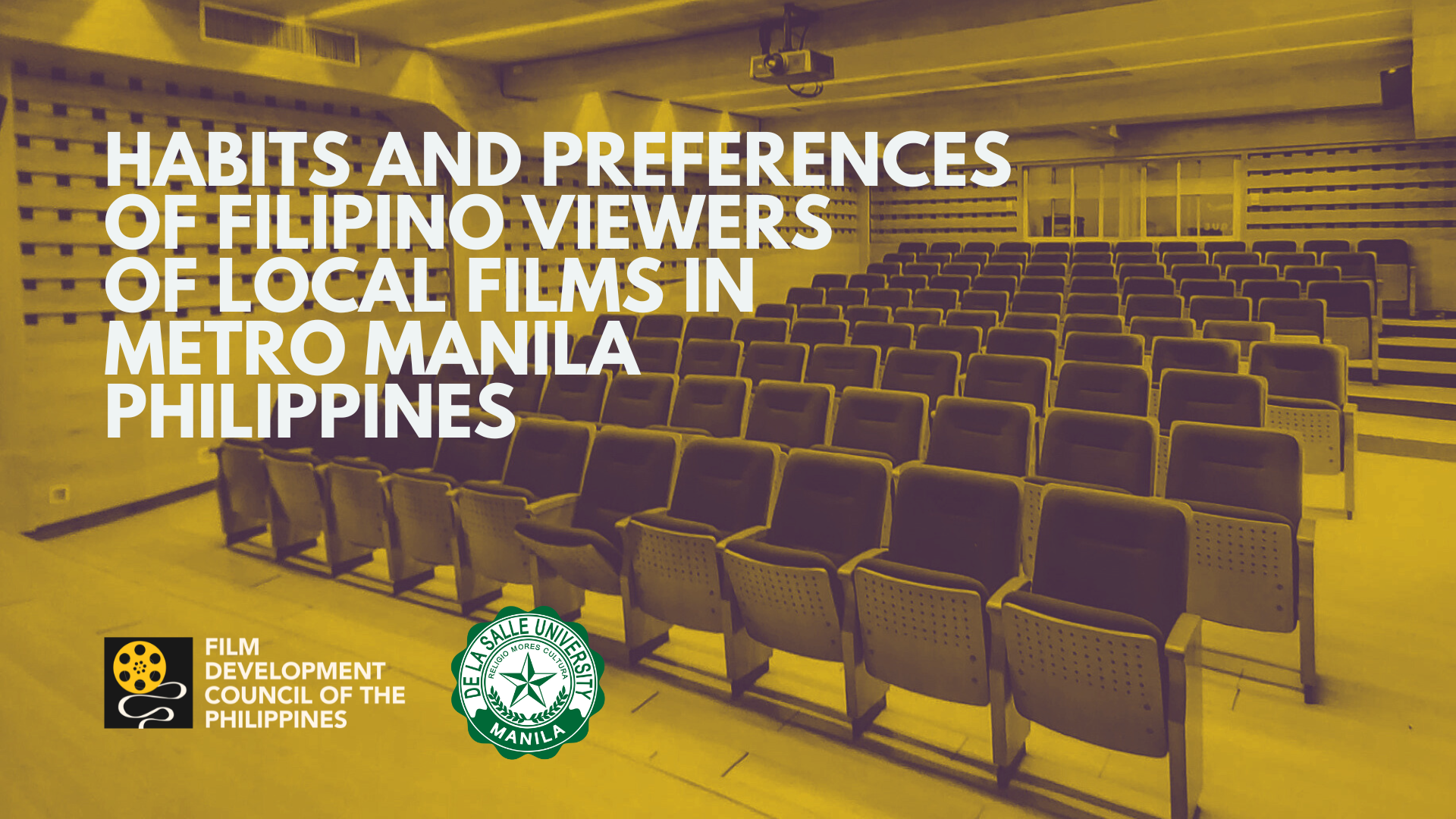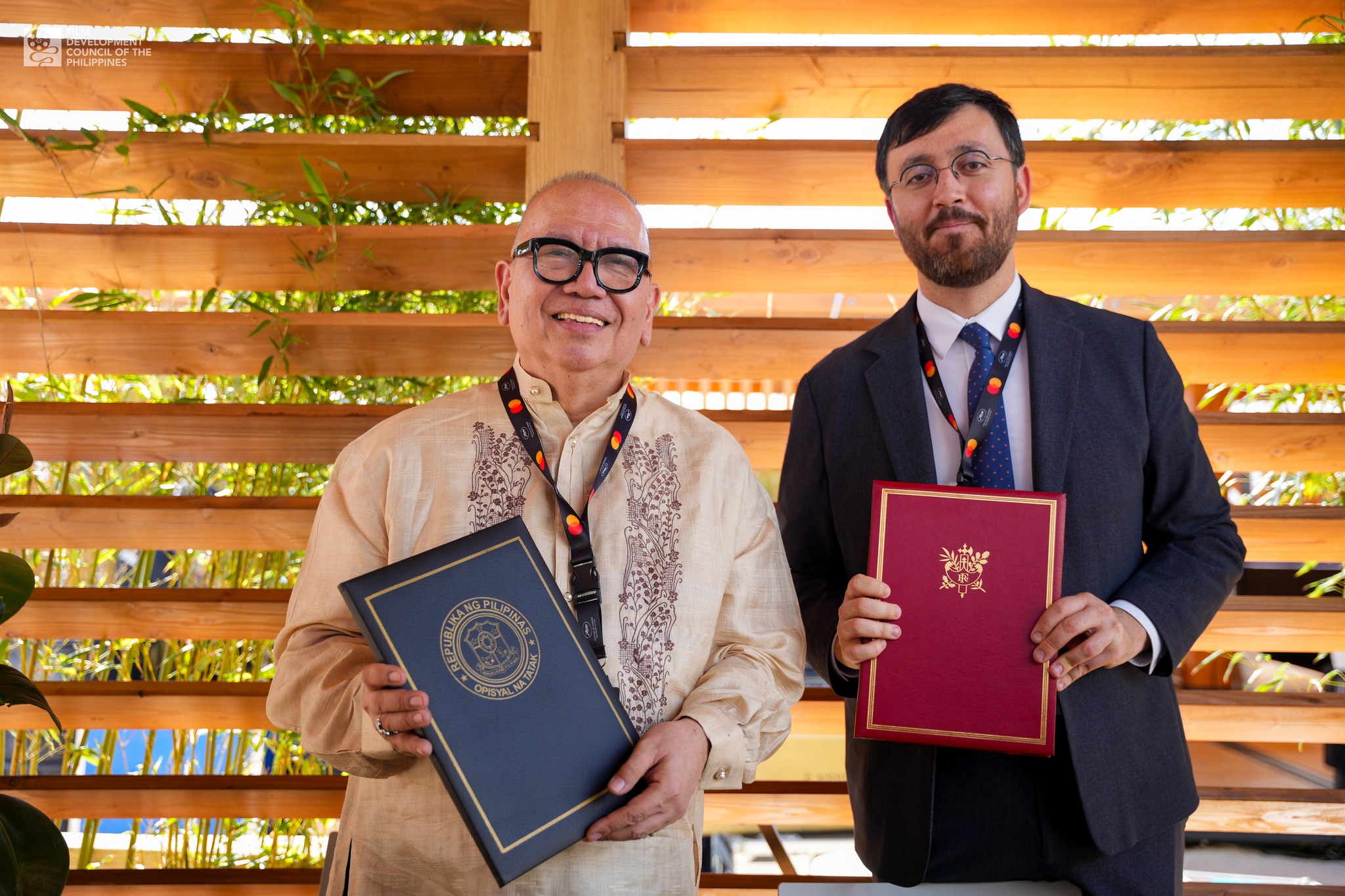Finding balance between safety and film industry recovery

The reopening of cinemas throughout the country was what we have been yearning for since last year. Its shutdown beginning in March has crippled Philippine Cinema, and the same can be said for the global film industry.
As such, it was welcome news when cinemas in Modified General Community Quarantine (MGCQ) areas were allowed to operate at 50 percent capacity last year.
But moviegoers were still afraid to go out and experience films together with audiences in an enclosed area — cinemas were 90 percent empty.

The columnist at the Bases Conversion and Development Authority (BCDA) in Clark, Pampanga where she met with Covid-19 Response Deputy Chief Implementer Vince Dizon to lobby for the opening of cinemas in GCQ areas
And then, the Inter-Agency Task Force (IATF) for the Management of Emerging Infectious Diseases declared that beginning on February 15, cinemas in areas with the stricter quarantine classification that is GCQ will be allowed to reopen. The industry naturally welcomed the news with so much fervor, joy and excitement.
The film sector is one of the hardest-hit sectors because of the Covid-19 pandemic, with a box office loss of at least P11 billion in 2020. While we welcome the emerging digital platforms that showcase our films, cinema screening is still the most significant revenue stream for Filipino films, with 80 percent of the film sector’s revenue coming from them. That is why the reopening of cinemas is badly needed by the industry.
However, the reopening of cinemas has been pushed back to March 1 after Metro Manila mayors opposed the February reopening. As much as I am for the swift reopening of cinemas, I fully understand the side of the mayors who want to mitigate the spread of the virus especially in enclosed areas such as movie theaters.
The slated March 1 reopening of cinemas would still depend on the approval of the respective local governments units (LGUs). More consultations have to be done and LGUs have to release their guidelines on the reopening.
The Film Development Council of the Philippines (FDCP) is also in touch with the Department of Trade and Industry (DTI) as it will release the final protocols as well as the Memorandum Circular on the recategorization of cinemas from Category 4 to Category 3, which allows cinemas to operate in GCQ areas.
No longer a remote possibility
The comeback of the cinematic experience is no longer a remote possibility unlike last year. It is just around the corner, and this is such great news as we have been lobbying for this since last year.
Earlier this month, I met with Covid-19 Response Deputy Chief Implementer Vince Dizon at the Bases Conversion and Development Authority (BCDA) in Clark, Pampanga to lobby for the opening of cinemas under GCQ. I am grateful for the advice and support from Deputy Chief Vince, and we need more allies who can empathize with the plight of Philippine Cinema.
We really hope to find a balance between keeping people safe and slowly opening the exhibition sector. With the upcoming reopening of cinemas even in GCQ areas, we are not just concerned about the cinemas’ protocols to keep the theaters safe but on how to build consumer confidence as well.
This is being done in at least 31 countries, as reported by ScreenDaily, such as South Korea, China, and the United States (in some areas). In New Zealand, cinemas reopened as early as May, with the relatively Covid-free country continuously putting prime on enforcing information dissemination, contact tracing, and border controls.
In Singapore, cinemas began to reopen in July but only with a 10 percent operating capacity to abide by stringent safe distancing measures. In October, an increased operating cinema capacity of 50 percent was allowed for large cinema halls while some small cinema halls maintained the 50-patron limit.
Although the exact reopening date of cinemas in GCQ areas in the Philippines is still up in the air, it is good to note that the IATF has recognized that watching films in cinemas can be done again even in the midst of the pandemic.
The need for a strong information drive
The global health crisis may have put on hold the unique cinematic experience that we all love. But with the gradual reopening of cinemas the world over, this proves that indeed, nothing really beats watching films in theaters.
To keep the support for the cinematic experience alive, the FDCP launched the #NoodTayoNgSine social campaign in 2020 to encourage moviegoers to watch films in cinemas safely. Moreover, the campaign aims to strengthen the responsibilities of cinemas in keeping moviegoers safe during the pandemic and empower cinemagoers to abide by health and safety protocols.
The multi-phased campaign kicked off with the launch of a microsite (fdcp.ph/NoodTayoNgSine) and the posting of engaging social media content to highlight the importance of the cinematic experience. The next phase will feature updates on the reopening of cinemas, information drives on the new cinema viewing protocols, and special videos featuring the #NoodTayoNgSine Ambassadors.
With the current situation of our cinema sector, I hope that our line agencies will take this opportunity to enjoin cinema owners to prioritize the screening of Filipino films. This would be a huge help for our local industry because despite the presence of numerous digital streaming platforms that showcase Philippine Cinema, our industry is barely recovering.
Giving Filipino films the leverage over foreign films will surely boost the industry’s efforts to bounce back from the Covid-19 crisis. I am hopeful that with the synergy among government agencies and industry stakeholders, the country can soon enjoy films once more as a collective without compromising public health and safety.
Notes from the Chair is part of the Arts Awake section of The Sunday Times Magazine published by The Manila Times. Click HERE to view the article on The Manila Times website.





